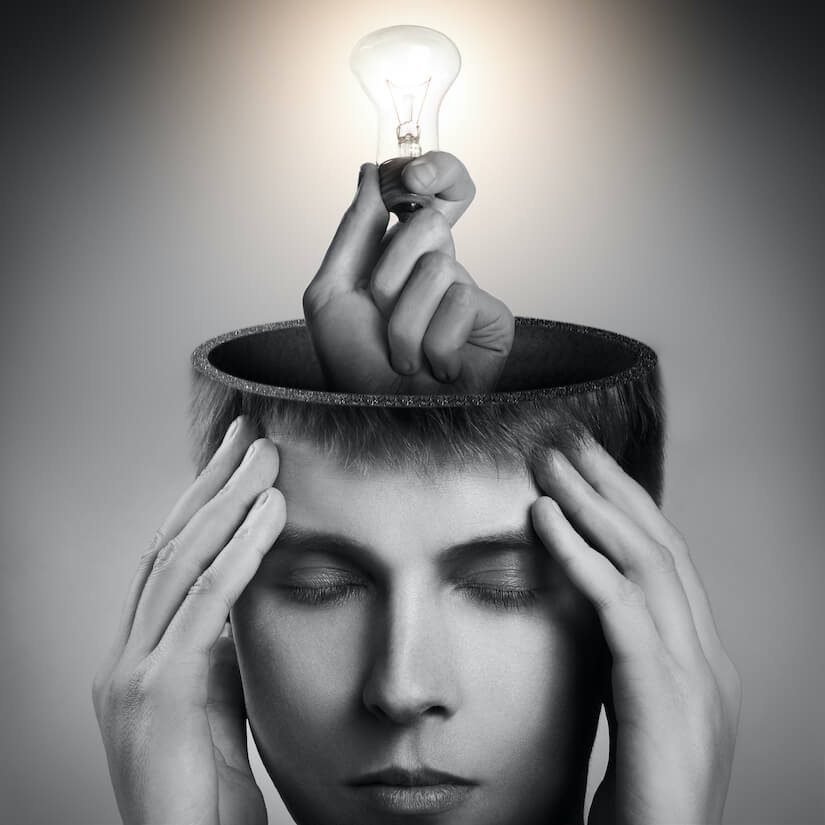Creating Visual Perceptions Without Eyes

For most adults who lose their vision, blindness results from damage to the eyes or optic nerve while the brain remains intact. For decades, researchers have proposed developing a device that could restore sight by bypassing damaged eyes and delivering visual information from a camera directly to the brain.
In a paper publishing in the journal Cell, a team of investigators at Baylor College of Medicine in Houston report that they are one step closer to this goal. They describe an approach in which implanted electrodes are stimulated in a dynamic sequence, essentially “tracing” shapes on the surface of the visual cortex that participants were able to “see.”
The investigators tested the approach in four sighted people who had electrodes implanted in their brains to monitor epilepsy and two blind people who had electrodes implanted over their visual cortex as part of a study of a visual cortical prosthetic device. Stimulation of multiple electrodes in sequences produced perceptions of shapes that subjects were able to correctly identify as specific letters.
The approach, the researchers say, demonstrates that it could be possible for blind people to regain the ability to detect and recognize visual forms by using technology that inputs visual information directly into the brain, should they wish to. The researchers note, however, that several obstacles must be overcome before this technology could be implemented in clinical practice.
Reference
Beauchamp MS, Oswalt D, Sun P, et al. Dynamic Stimulation of Visual Cortex Produces Form Vision in Sighted and Blind Humans. Cell. 2020;181(4):774‐783.e5.
https://doi.org/10.1016/j.cell.2020.04.033
